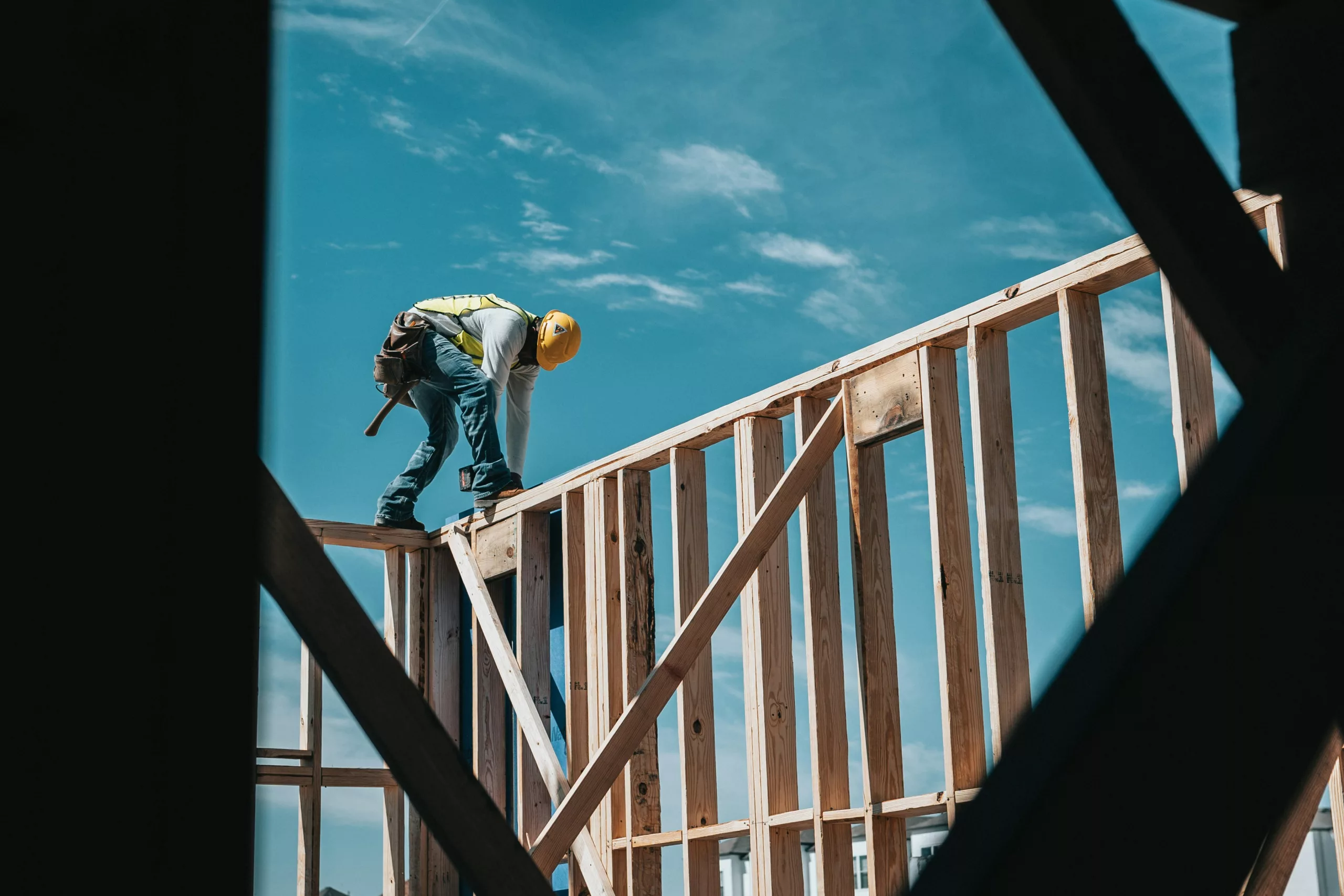The Advent of New Efficiency Standards
A game-changing announcement was made on April 25 by the US Departments of Housing and Urban Development (HUD) and Agriculture (USDA). They put forth the final energy efficiency standards for newly constructed homes that promise to significantly reduce energy costs for homeowners. These upgraded regulations are expected to influence up to 25% of all new housing across the nation, with projected energy bill savings of up to one-third and a payback period for efficiency investments averaging only two years. The standards will predominantly affect homes that fall under HUD affordable housing programs and those that qualify for FHA and USDA low-down-payment mortgages. This strategic move aligns with the broader federal initiative to make new and extensively renovated federal buildings emissions-free by 2030.
Celebrations are in order, as affordable housing champions and energy experts rejoice over the new standards. If you’re pondering the breadth of impact these changes will have, including the number of households and regions affected, as well as the potential savings for families, fear not—we’ve got all the answers you need, backed by detailed data and illustrations.
The Leap Towards Reduced Household Energy Consumption
Underpinning these new standards are the progressive benchmarks set by the 2021 International Energy Conservation Code (IECC) and ASHRAE Standard 90.1-2019. This represents a considerable step forward from previous standards, which were anchored in codes as old as 2009. The US Department of Energy highlights that contemporary model codes have dramatically improved, able to reduce energy usage by a hefty 33% for high-rise apartments and by over 25% for single-family homes and smaller apartment buildings.
However, the reality is that the majority of homes constructed today aren’t held to these 2021 benchmarks. Indeed, only six states currently have residential codes that are on par with the levels of efficiency set by the updated HUD and USDA standards. This regulatory update intends to elevate the standard nationwide, translating to significant energy savings, particularly for affordable homes in the remaining 44 states.
Local and National Repercussions of Enhanced Standards
A region experiencing a construction boom is the Southeastern United States, where approximately 768,000 housing units are underway as of March 2024. In this surge, Texas and Florida are notable for their volume of HUD, USDA, and FHA-backed housing developments, anticipating over 45,000 and 23,000 new units annually, respectively. These two states alone account for a staggering 40% of affected annual new home builds.
Moreover, these enhanced standards are set to mitigate exorbitant costs during heatwaves, while also protecting households from extreme heat events. Research by the DOE and national laboratories predicts that during a week-long heatwave and power outage in Houston, homes built according to the 2021 IECC would maintain safe levels of temperature and humidity throughout, while existing homes would only manage four days. Updating Houston’s housing to match the new HUD-USDA benchmark could potentially avert 80% of heat-related fatalities.
Residents of Northern states are not excluded from these benefits either. Over the duration of a 30-year mortgage, these households can look forward to saving upwards of \$18,000 on combined housing and energy expenses. Additionally, the updated regulations enhance safety during severe cold spells, as suggested by a DOE study contrasting the resilience of average Minneapolis homes with new builds meeting the updated standards.
Empowering Solar and Energy-Efficient Homes
Anticipation is high that over 35,000 multifamily units yearly will reap the efficiency benefits resulting from the new standards. Furthermore, the majority of homes set to benefit are modest ones financed through FHA assistance. Combined, the FHA and USDA programs will likely support the construction of over 127,000 new single-family homes that adhere to these energy-saving standards each year.
Homebuyers can expect the modest increase in down-payment costs linked to compliance with the new code to be offset swiftly by energy bill savings. The average homebuyer might see a slight uptick of \$550 in initial home purchasing expenses while their monthly mortgage payments could increase by about \$37. However, the monthly energy savings of more than \$80 will yield an annual net savings of \$524, enabling homeowners to realize a positive cash flow within approximately 18 months.
The Ripple Effect of Elevated Efficiency Standards
This transformation in housing standards could potentially influence one in four new homes, assuring a myriad of families the economic and resilience advantages of energy-efficient homes. Such an influential market shift may stimulate homebuilders to adopt energy-efficient materials and techniques more broadly. It could likewise motivate local jurisdictions to modernize their energy codes to match the federal government’s requirements.
Ample federal resources are being deployed to bolster this transition. Thanks to the Bipartisan Infrastructure Law and Inflation Reduction Act, the DOE is dispersing over \$1.2 billion in grants to states and local governments intent on modernizing their energy codes.
The Federal Housing Finance Agency (FHFA) is also considering a move that would bring the proportion of new homes under these efficiency standards to two-thirds if they adopt the 2021 IECC and ASHRAE 90.1-2019 for all the mortgages they acquire. Such a policy not only benefits homeowners but also enhances the climate resilience of their portfolios, continuing their mission to promote liquidity in the home mortgage markets and further community development nationwide. With FHFA Secretary Barbara Thompson at the helm, the agency is evaluating this decision and will reach a conclusion by the end of June.
